Generators provide a convenient way to charge your RV batteries when you’re not near an electrical outlet. They are perfect for use while camping, during power outages, or when you need to run appliances that require more power than what your RV’s battery can provide. In this article, we’ll outline the fundamentals of how generators work and explain the process for charging the RV batteries with them.
Table of Contents
Is An On-Board Generator Charge A 12 Volt Battery?
Absolutely! You can effortlessly use a generator. Keep in mind that some generators may be too powerful and could damage the battery if it’s not properly protected or regulated.
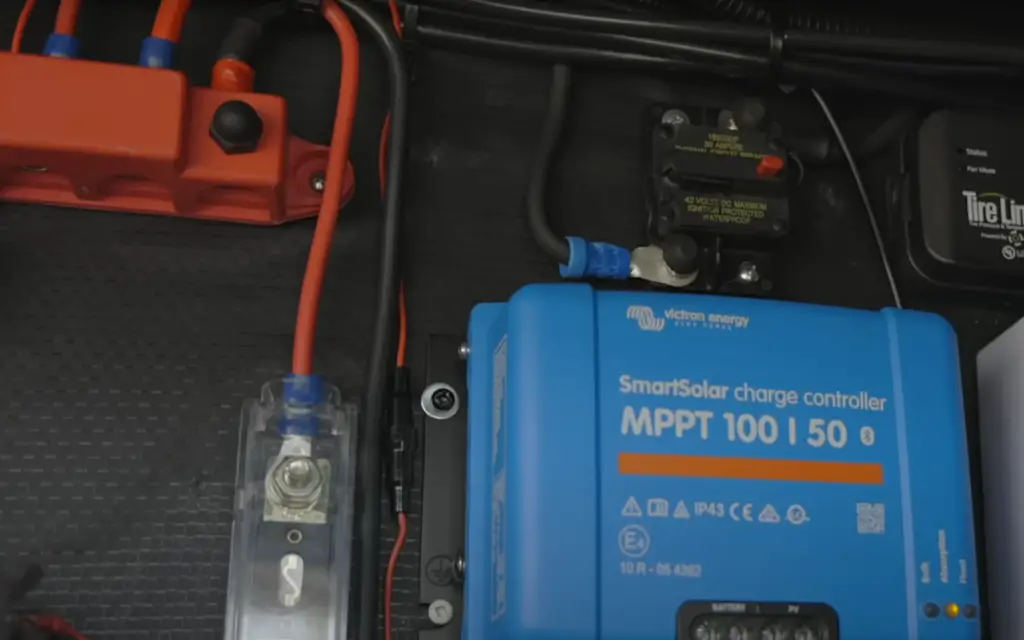
Charging RV Batteries Step-By-Step
With the right know-how and some patience, you can easily do this task. Here are a few steps to get you started:
Step 1: Start the generator
The first step is to start the generator. Make sure it is running at a steady and consistent speed. This will ensure that when you begin charging your battery, there won’t be any dips in power that could damage your battery or affect its charge.
Step 2: Attach the battery charger
Once your generator is running, you need to attach the battery charger. Attaching the charger is simply plugging it into a wall outlet or generator receptacle. Be sure to check your owner’s manual for specific instructions on how to do this properly.
Step 3: Plug the charger into the generator
Once you’ve attached the charger to a wall outlet or generator receptacle, it’s time to plug the charger into the RV battery. Make sure the polarity of your connection is correct.
Step 4: Turn off the charger
Now that you have your charger plugged in and the RV battery connected, it’s time to let the charging process begin. Monitor your battery as it charges, and turn off the charger when it reaches full charge. Make sure not to overcharge your battery; this could cause damage and reduce its life span.
With these steps, you can easily do it yourself! Keep in mind that if you are ever uncertain about how to proceed or aren’t comfortable with any of the steps involved, contact a professional for help. Additionally, always read your owner’s manual for additional instructions on how to properly use your battery charger and generator.
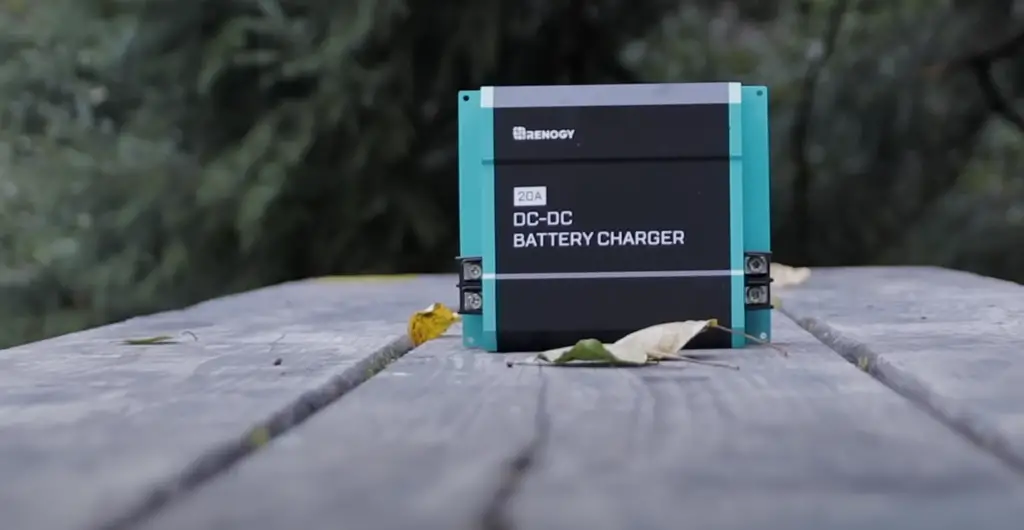
Safety Precautions
Additionally, ensure all connections are secure and free of any type of corrosion or obstruction. Lastly, don’t leave the charger unattended while it’s charging the battery. [1]
Can You Recharge Your RV Batteries By Connecting To Shore Power?
Shore power is a reliable way to keep the RV batteries charged as it draws on a consistent and steady stream of energy. In most cases, when you turn off the engine, the RV battery charger — also referred to as an alternator — will switch into charging mode and provide your RV batteries with sufficient voltage.
If you find that your RV battery is not charging correctly or needs an extra bit of juice from time to time, then consider using a generator. A generator can help provide your RV batteries with the additional voltage needed for them to reach full capacity and stay properly charged.
Can You Directly Charge an RV Battery From Shore Power?
Yes. This is convenient for camping trips that include a lot of time in one spot or if you are staying at a campground with electrical hookups. To do this, you will need to plug the shore power cable into an appropriate outlet and connect it to the RV’s charging system.
The RV’s charging system should have an onboard charger connected to the battery bank. This charger converts AC power from the outlet into DC power which is then used to charge the battery. Depending on the size of your battery bank and the type of charger, it may take several hours for a full charge.
Ensure that your shore power outlets are compatible with the voltage and amperage of your RV. Different campgrounds can have different levels of shore power, so it’s important to check before plugging in. Securing your RV connection with a surge protector is always an advantageous move for protecting the battery bank from any sudden voltage or current spikes that may damage them.
If you’re not able to obtain a shore power connection, never fear! You can rev up your RV batteries with the help of a generator. Connecting an external charging device like a generator is useful for camping trips that involve taking short breaks between locations or if there isn’t an outlet nearby.
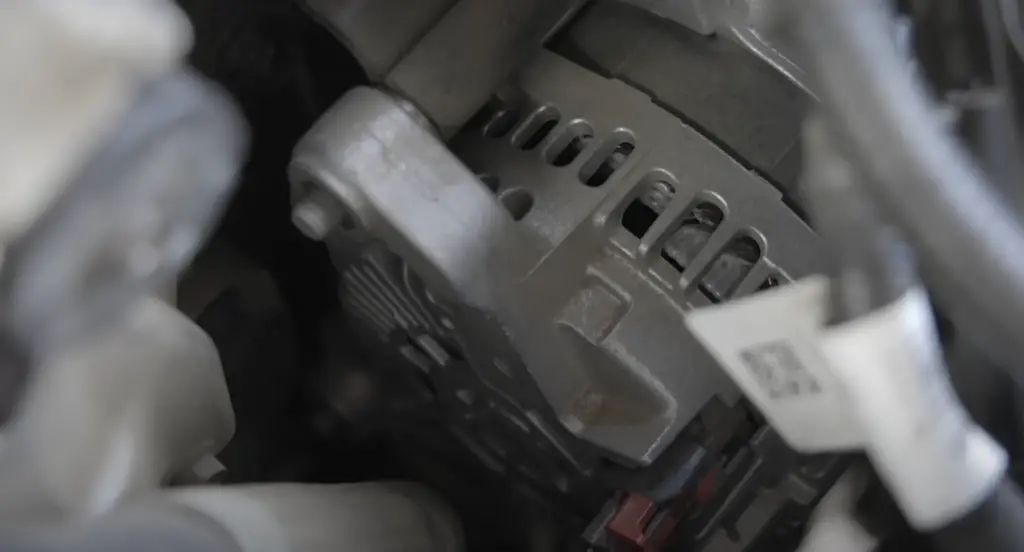
Are There Other Innovative Ways To Charge?
There are other options you can consider. Solar panels are a popular choice, as they offer free, clean energy and don’t require fuel or frequent monitoring. However, solar-powered batteries take much longer to charge than traditional generators and may not be a viable option for those who need immediate power for their RV.
Additionally, some RVs come equipped with an onboard charger that plugs into a standard wall outlet – usually 110V AC – but will require the use of additional adapters depending on the type of outlet available. This method is convenient and cost-effective; however, it may also take several hours before the battery is fully charged due to its lower voltage output.
Charging A 12 Volt Battery With Jumper Cables
All you need to do is connect the positive and negative terminals of the generator’s battery to the positive and negative terminals of the RV battery. Ensure that both batteries are connected securely and then turn on the generator. The power from the generator will flow directly into the RV battery, charging it up quickly.
Once your RV’s battery has been fully charged, remove the jumper cables and turn off your generator. Make sure to disconnect all wires before turning off your generator as this can cause damage or even start a fire if done incorrectly. As long as you follow all safety guidelines while connecting and disconnecting the wires, you should have no issues.
It’s important to note that charging a 12-volt RV battery with jumper cables can harm your generator if you aren’t careful. Make sure not to overload it by connecting too many wires at once as this can cause damage or even start a fire. Be sure to double check all connections and be certain that both batteries are connected correctly before starting your generator.
Just remember to keep safety in mind throughout the entire process!
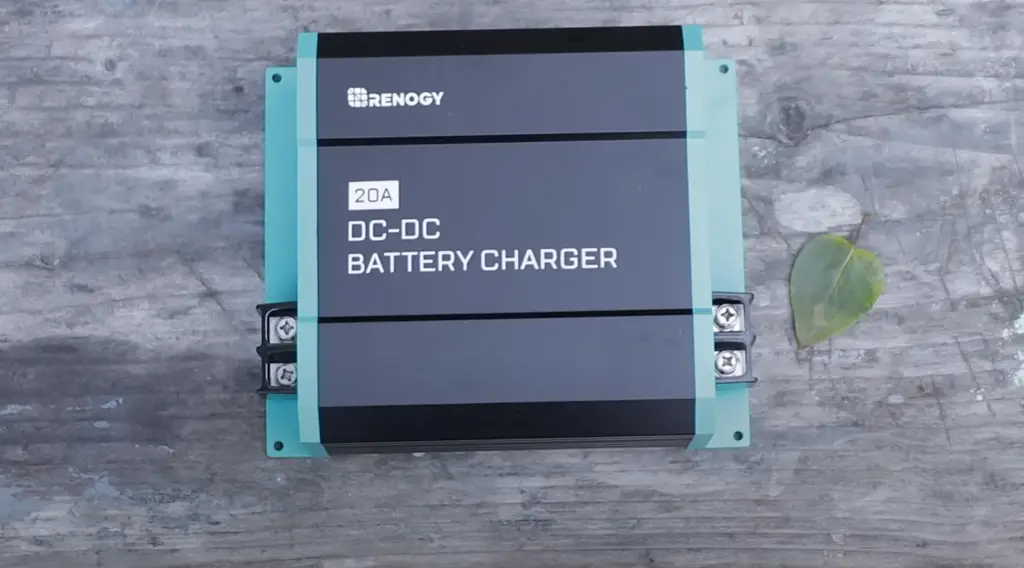
Can I Charge My RV Batteries With Solar Panels?
Solar power is a great way to extend the life of your battery and reduce maintenance costs. In fact, most RV owners prefer to use solar charging because it’s cheaper than using a generator.
The best way to take advantage of this renewable energy source is by investing in an off-grid or portable solar panel kit. With these kits, you’ll have all the necessary components (panels, controllers, cables, etc.) that are needed for charging your battery system. Some of them even come with automated features that allow you to monitor and control your solar setup from wherever you are in the world!
If you want to maximize your investment in solar power, look for a solar panel kit that includes an array of multiple panels instead of just one. This will allow you to generate more electricity and store it in your battery system for future use.
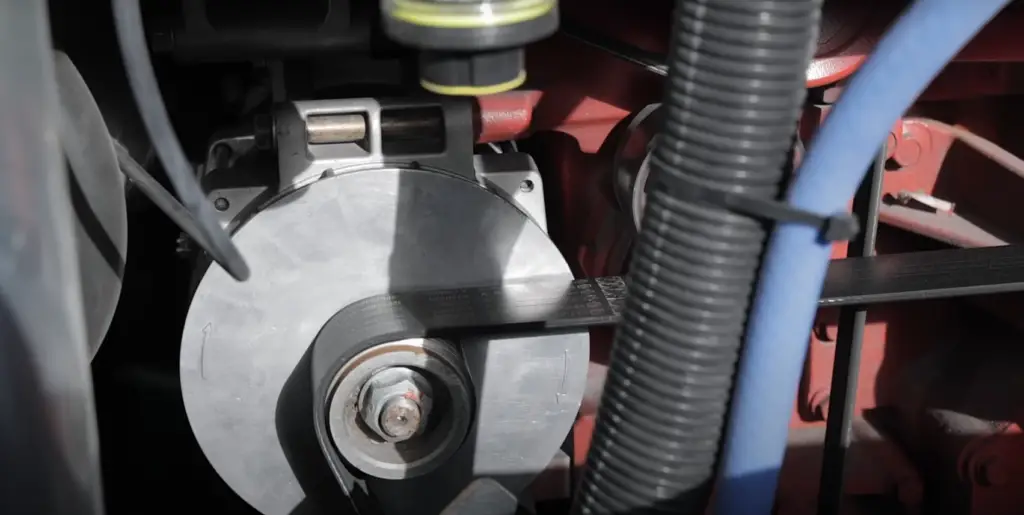
Can I Charge My RV Batteries With A Wind Generator?
Yes, you can. Wind generators are typically used to generate electricity in remote locations or off-grid living. Wind energy is far more efficient than solar power, and it’s also much cheaper to set up and maintain. All that’s needed for the setup is a tower for the turbine blades, batteries for storage, and an inverter to convert the AC current into DC.
The downside of using wind energy to charge the batteries is that it’s highly unpredictable. A strong gust of wind can suddenly appear out of nowhere and quickly disappear again, meaning you won’t always get consistent power from your generator throughout the day. Additionally, if the wind is too strong, it can damage your turbine blades.
If you’re planning to charge the battery with a wind generator, be sure to consult the manufacturer for their recommendations on setting up and using the device. Be sure to also check local building codes before constructing a tower for your wind turbine.
What’s The Best Way To Clean Corroded Battery Terminals?
It’s important to first clean the corroded terminals. Corrosion on the terminal can reduce the amount of power that flows into the battery, making it necessary for you to use more energy and potentially overcharge your battery in order to charge it all the way.
To properly clean corroded terminals, ensure you have the supplies: baking soda, fine steel wool or sandpaper, distilled water, protective goggles and gloves. First wear your protective gear before beginning work on your batteries. Next, create a paste by mixing equal parts of baking soda and water. Using steel wool or sandpaper lightly scrub away at any corrosion. Rinse off the terminals with distilled water and dry them off with a clean cloth. [2]
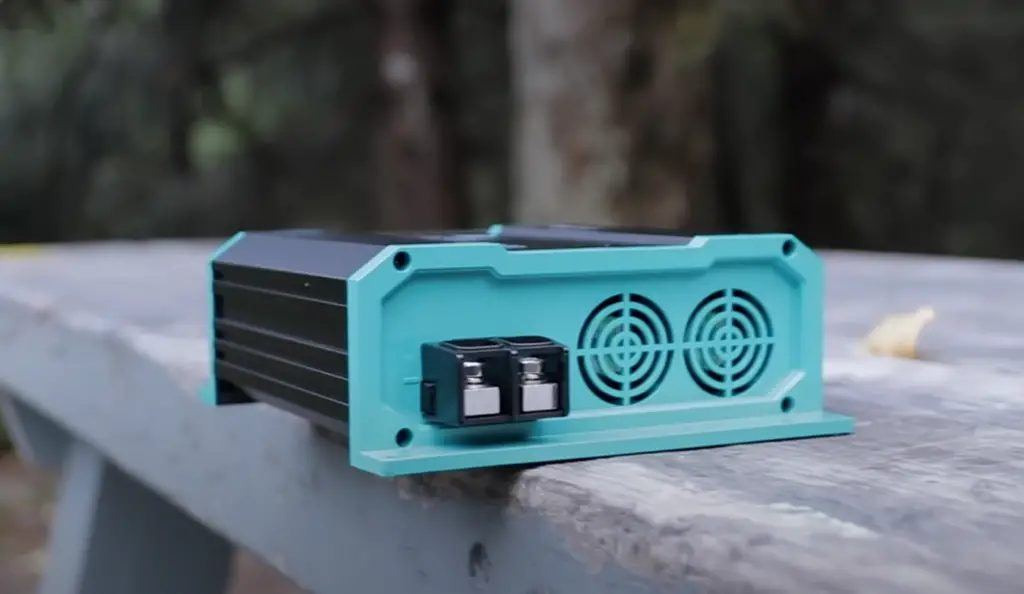
You’ll want to repeat this process every time while charging, as it will help to keep the terminals clean and ensure that power is flowing into the battery efficiently. Additionally, ensure all connections are securely attached and not loose after cleaning. A loose connection can impede the power flow from your generator to the battery, making it necessary for you to charge for a longer period of time in order for the battery to become fully charged. For this reason, always double check all connections before beginning charging your batteries.
FAQ
Can I charge RV batteries with a generator?
Yes, you can. It’s actually quite simple and will require just a few pieces of equipment. Most generators have an AC output that can be used to plug in the RV battery charger. Additionally, some generators include DC outlets for even more convenience. [3]
Can you charge a battery directly from a generator?
No, you cannot charge a battery directly from a generator. Instead, you can use an AC or DC converter to achieve the desired result. The AC converter converts the electricity generated by the generator into the advanced power used for charging RV batteries.
Alternatively, you can also use a standalone battery charger that is equipped with an automatic shut-off feature for safe operation. This type of charger ensures the battery will not overcharge as it automatically turns off once the set voltage is reached. Plus, since it’s connected directly to your generator, there’s no need to worry about draining its fuel supply while charging your batteries. [4]
It’s important to note that different types of RV batteries require different settings and inputs in order to charge correctly. For example, the settings for charging a LA battery is different than those used to charge a lithium-ion battery. Therefore, you should research your specific battery type to determine the best way to charge it using your generator.
Turn off all non-essential appliances and ensure that the batteries are not exposed to any heat sources as this can cause damage or reduce their lifespan. Following these simple safety steps will help you safely use your RV’s generator for charging its batteries while ensuring they remain in peak condition over time.
It’s important to remember that if you’re going to use your generator’s electricity to charge the batteries, you should only do so when it is necessary. Overcharging your batteries will reduce their lifetime and could even cause them to fail prematurely.
How long does it take the generator to charge the RV battery?
The duration of time to recharge the battery with a generator primarily depends on the size of the generator and how much power needs to be replenished.
Smaller generators take longer to charge a larger battery than larger ones would. This is because they aren’t able to generate as much power in a given amount of time as their bigger counterparts can. On average, charging a fully depleted RV battery with a 3000-watt generator should take around 3 hours or so. [5]
If your battery isn’t completely drained and only needs a partial top-up, then obviously the charge time will be shorter. It’s possible to get away with just an hour or two of charging with a small generator if the battery isn’t too low.
What Is the Fastest Way to Charge RV Batteries?
If you’re looking for the quickest way to charge the batteries, a generator is undoubtedly the best solution. Generators allow you to quickly get your battery up and running in no time. With the right generator, you can have your battery charged within an hour or two depending on the size of the battery and the power output of your generator.
It is important to understand that there are different types of generators available for various applications. For example, some generators are better suited for charging deep-cycle batteries while others may be better suited for emergency situations where quick charging is needed.
You will need a few essential items including:
- An appropriate DC power generator
- A DC generator to battery charging cable
- An appropriate RV electrical cord
- Proper safety equipment
First, you need to determine the type of battery you are trying to charge which will help in deciding what generator is best for the job. After that, connect the charging cable from your generator to your battery’s terminals and then plug in the RV electrical cord into an AC outlet. Finally, start up the generator and let it run until your battery is fully charged.
Keep an eye on the level of charge in your battery and turn off the generator when it reaches a full charge for preventing any unnecessary damage to the battery.
How do you charge a 12-volt battery with a generator?
Charging a 12V battery with a generator is relatively simple.
Connect the positive terminal of the 12V battery to the positive output of the generator using an appropriate cable. Next, attach the negative lead from the battery to a ground point or engine block on your RV. Once this connection is made, turn on your generator and allow it to charge the battery for a few hours until it reaches its full capacity.
It’s important to remember that when charging batteries with generators, overcharging can occur if left unchecked for too long. To avoid this, be sure to monitor the charging process and switch off the generator when the battery has reached its desired level.
Finally, you may want to consider investing in a voltage regulator or other accessory designed specifically for RV batteries. This can help ensure your generator is providing the right amount of voltage at all times and prevent overcharging from happening. It will also help extend the life of your RV battery considerably.
Useful Video: RV Alternator Smart DC to Dc Charging
Conclusion
Charging an RV battery with a generator is relatively straightforward once you understand the basics. Make sure to purchase a portable generator that meets your power needs, and does not exceed the amount of watts the charger can handle. Also, make sure to take necessary safety precautions when using your generator – such as never operating it indoors or in wet conditions. When connecting the generator to your battery, ensure all connections are properly secured for optimal charge performance. Finally, monitor the charging process closely and disconnect when complete. Following these steps should help ensure your battery charges efficiently and safely! Good luck!
References
- https://camperfaqs.com/how-to-charge-rv-battery-with-generator
- https://www.generatorhero.com/how-to-charge-rv-battery-with-generator/
- https://www.rvingknowhow.com/how-to-charge-rv-battery-with-generator/
- https://www.mygenerator.com.au/blog/charging-12v-batteries-generator/
- https://www.quora.com/How-long-do-I-need-to-run-a-generator-to-charge-RV-batteries

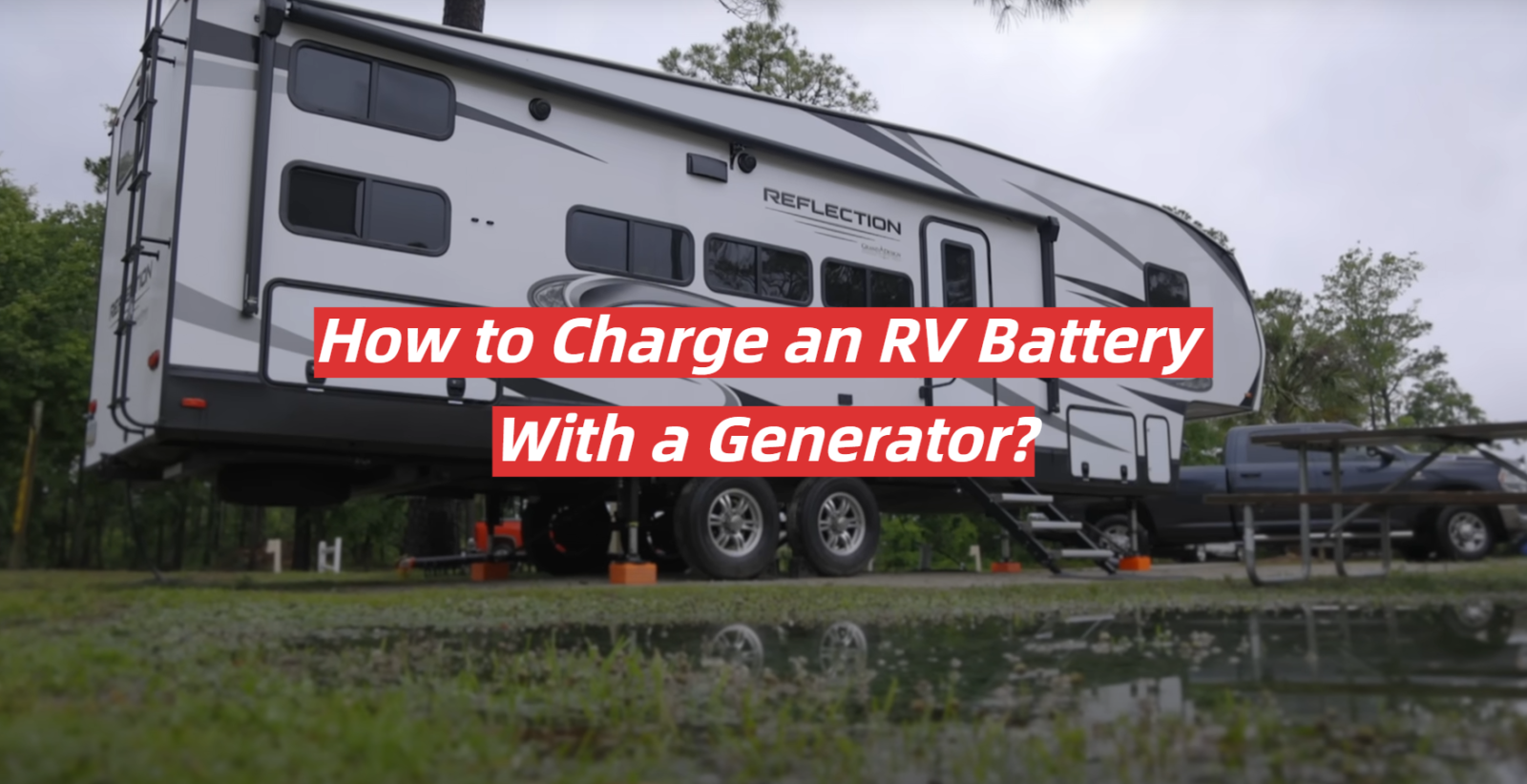
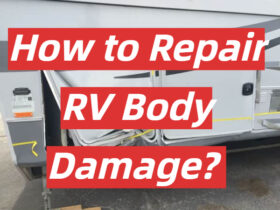
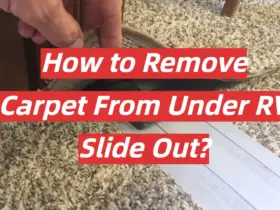
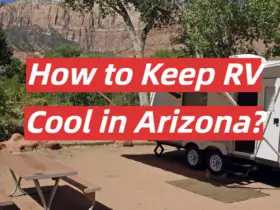
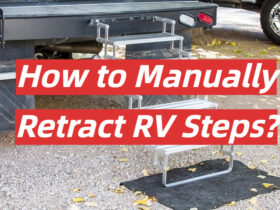
Leave a Reply